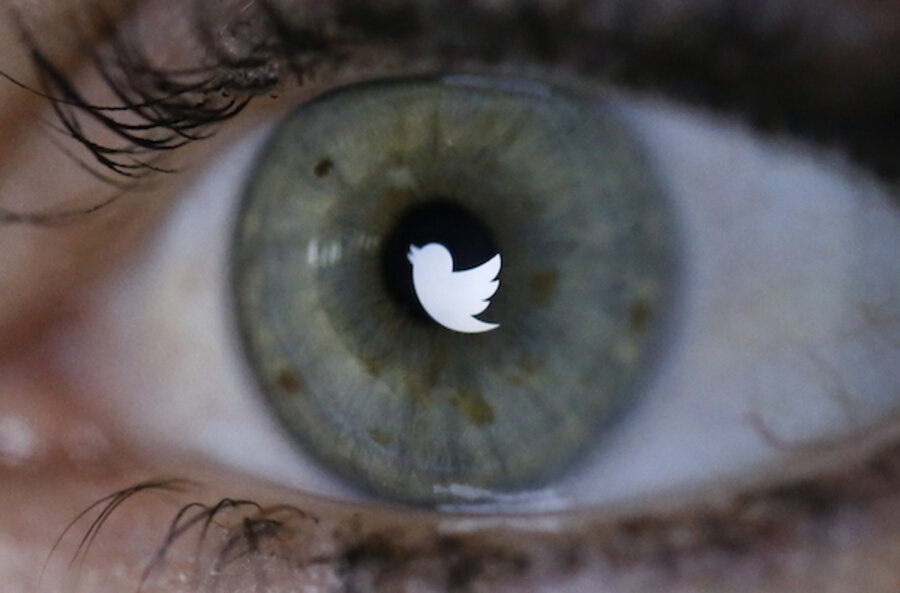Twitter, under fire from critics, reverses decision on 'Block' feature
Loading...
In the wake of a wave of criticism, Twitter has reversed its decision to rework its "Block" feature.
The change, which was unveiled earlier this week, allowed blocked users to read and even retweet the messages of the person that had instituted the block. Twitter had said the move would help cut down on retaliation – if User A doesn't realize he's been blocked by User B, the thinking goes, he can't lash out via other means. Still, within minutes of announcing the new feature, Twitter was fielding a range of complaints from all corners of the Web.
Appropriately enough, many of the complaints were lodged on Twitter, under the hashtag #restoretheblock.
"This is a huge and very serious problem for people, like me, who have received repeated rape and death threats on Twitter on a fairly consistent basis," political analyst Zerlina Maxwell wrote in a Change.org petition. "I utilize the Block button almost every day and while that is not a perfect solution... it at least forbid harassers from following you and at worst retweeting you into their feed which can simply allow their followers to also harass you."
Maxwell's petition was launched on Thursday. But by the end of the day, it became irrelevant – Twitter executives, after reportedly convening a hasty meeting in the company's San Francisco office, decided to reinstitute the original block feature.
Since then, Twitter has been praised for responding as quickly as it did to widespread outrage. Not that the company was exactly happy about it.
"In reverting this change to the block function, users will once again be able to tell that they’ve been blocked," Michael Sippey, vice president of product at Twitter, wrote in a post on the company blog. "We believe this is not ideal, largely due to the retaliation against blocking users by blocked users (and sometimes their friends) that often occurs. Some users worry just as much about post-blocking retaliation as they do about pre-blocking abuse. Moving forward, we will continue to explore features designed to protect users from abuse and prevent retaliation."







